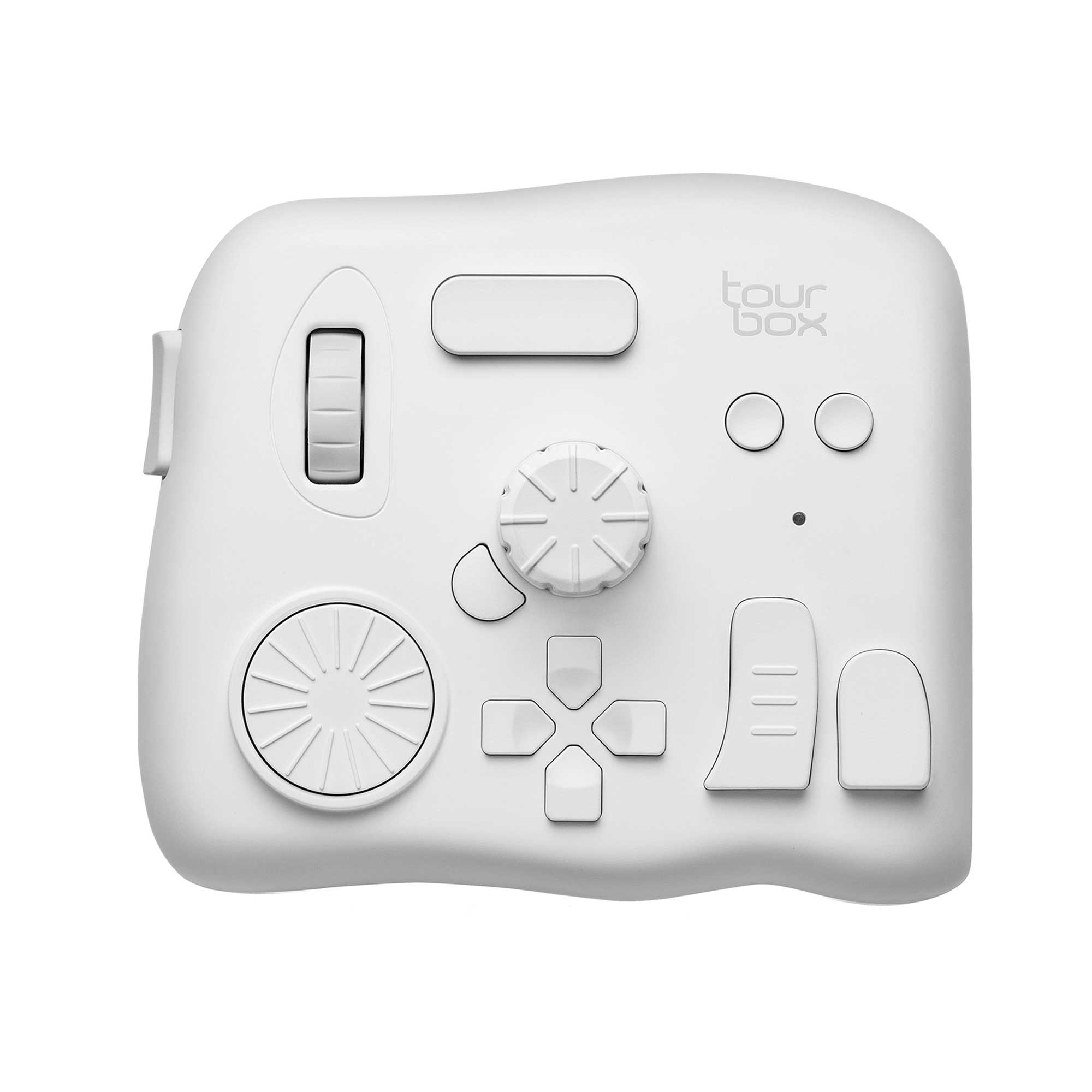What Is Adobe Camera Raw (ACR)?
You've probably seen a lot of tutorials on Adobe Camera Raw (ACR). But many photography enthusiasts still aren't sure what ACR actually is. Why do people say that learning ACR is the same as learning Lightroom? And what's the difference between ACR and Lightroom?
In this article, we'll answer each of these questions in simple, clear detail.

In this article, you will learn:
What Is ACR?
ACR stands for Adobe Camera Raw. It's Adobe's raw image processor. When you install Photoshop, ACR comes with it automatically.
Raw files, also called digital negatives, are the original format files your camera creates. They hold more information than JPEGs. Nearly every camera brand uses its own raw format. Common file extensions include .NEF, .DNG, .CR2, and more.
Because each brand's raw format is different, Photoshop can't read them on its own. ACR parses and converts those odd formats first.
ACR also offers lots of adjustment options. All edits you make in ACR are completely non‑destructive. That means the original raw data stays intact, and you can always revert to the untouched file with one click.
Opening ACR is very simple. You have two main methods:
- With Photoshop installed, just double‑click a raw file (for example, a Nikon .NEF). The ACR panel will pop up automatically.
- If you use Adobe Bridge or similar software, right‑click your photo in Bridge and choose "Open in Camera Raw."

Whichever way you choose, your raw file opens in ACR, and you're ready to make any non‑destructive edits you want.

When you finish editing a RAW file in ACR, you have two ways to save:
- Click "Done" in the lower‑right corner of the ACR window. This records your edit steps in an extra .xmp file on your hard drive. The next time you open that photo, ACR will automatically import the edits from the .xmp file.
- Click "Open as Object" in the lower‑right corner. This also saves your edit steps in an .xmp file. At the same time, ACR converts the processed RAW into a format Photoshop can read and opens it in Photoshop, so you can continue editing there.

What's the Difference Between ACR and Lightroom?
Lightroom is Adobe's image management and editing software. There are two versions: Lightroom Classic and Lightroom CC. If you're curious, click the link below to read our article on how they differ.
Further Reading:
Lightroom Classic vs. Lightroom CC: Which One Fits Your Workflow?
You've probably noticed one big difference: Lightroom not only processes raw files, it also has powerful library management features.
Lightroom gives photographers a complete workflow solution — library organization, photo edits, print output, and more.
Inside Lightroom, the Develop module is almost identical to ACR. So Lightroom is basically ACR's editing power plus extra features.

ACR is file‑based. You open a raw file by double‑clicking it in your folder. Lightroom, on the other hand, manages photos in catalogs. You first import photos into Lightroom before you can edit them.
When it comes to editing, Lightroom matches ACR step for step, but it adds some handy extras.
For example, Lightroom's "Presets" save all your adjustment settings for one photo so you can apply the same style to others. ACR has presets too, but nearly all the presets you find online are made for Lightroom. That gives Lightroom a clear win here.
Another feature Lightroom has but ACR doesn't is the History panel. Every adjustment you make in Lightroom is logged there, so you can return to any previous state at any time.

Sounds like Lightroom is way more powerful than ACR. So why would you ever use ACR?
What Are the Advantages of ACR?
One big plus of ACR is how quick and easy it is. Sometimes you don't need to manage or batch‑process a bunch of photos. You just want to quietly fine‑tune one or two. ACR makes that super simple.
Even better, ACR is easy to learn. Once you know ACR, you've essentially learned Lightroom's Develop module. Beginners can start with ACR, get comfortable, and then move on to Lightroom's extra features step by step.
The editing tools in ACR and Lightroom are almost the same. It's mostly just a different layout. If you're curious, click the link below to see how to use Adobe Camera Raw.
Further Reading:
Mastering Adobe Camera Raw in Photoshop: A Comprehensive Tutorial
In short, when you learn to edit in ACR, you're already on your way to editing in Lightroom too.
Whether you prefer ACR or Lightroom, as a photographer, you know how switching between mouse and keyboard can break your creative flow during editing.
That's exactly why the TourBox Creative Console exists: you map your favorite tools and functions right at your fingertips. Plus, TourBox's unique algorithm unlocks even more possibilities.

For example, with the TourMenu feature, you can gather all your go‑to color tools in one menu. Then, using only one hand on the TourBox, you can make precise +1 or –1 adjustments to every slider.

Whether you're doing fine portrait retouching or batch color grading for landscapes, TourBox frees you from mouse and keyboard constraints. Your hands can work more naturally and intuitively, so you can focus on the image itself.
Finally, let's wrap up what ACR is:
- ACR (Adobe Camera Raw) is the raw-file processor that comes with Photoshop.
- Lightroom includes ACR's editing tools plus extra features like image management, making it more powerful but also more complex.
- The editing controls in ACR and Lightroom are basically the same. Once you learn ACR, you've learned how to edit in Lightroom, too.